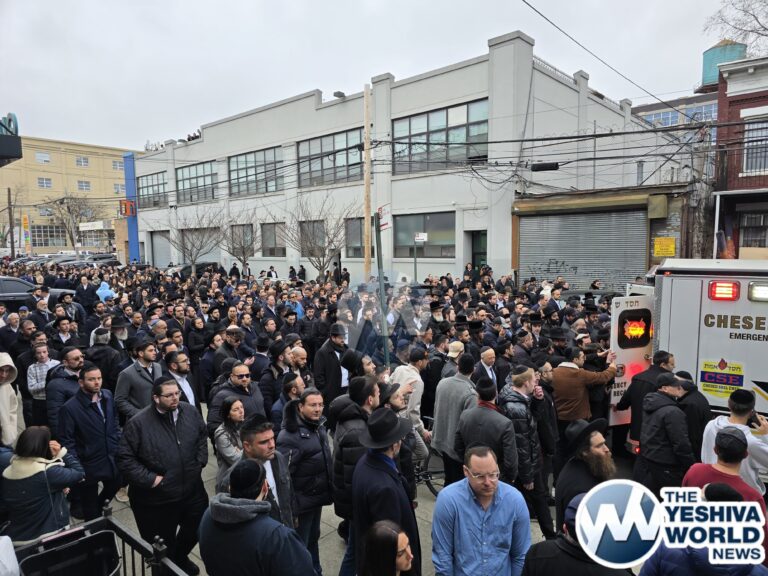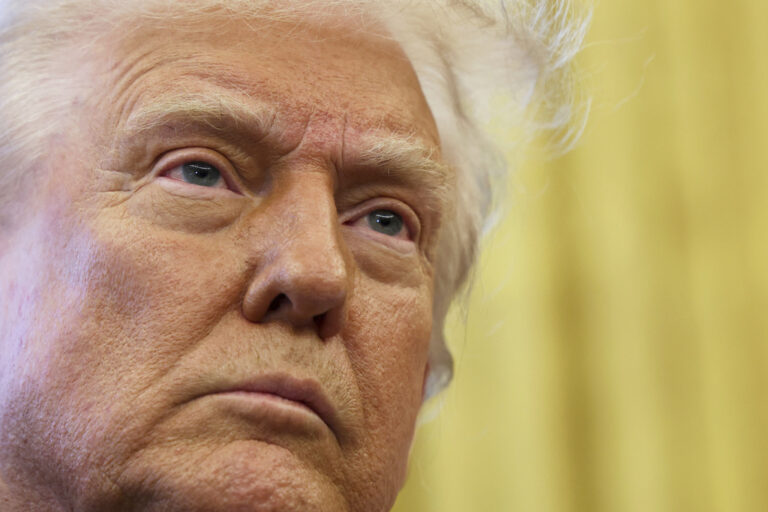When Chair Jerome Powell and other Federal Reserve officials gather this week for their latest decision on interest rates, they will do so on the cusp of achieving an elusive “soft landing” — the feat of curbing inflation without causing a deep recession.
After the Fed began aggressively raising borrowing costs early last year, most economists predicted it would send the economy crashing as consumers cut spending and businesses slashed jobs and expansion plans.
Yet even though the Fed is poised to raise its key rate on Wednesday for the 11th time since March 2022, to its highest point in 22 years, no one is panicking. Economists and financial traders have grown more optimistic that what some call “immaculate disinflation” — a steady easing of inflation pressures without an economic downturn — can be achieved. Most economists think this week’s hike in the Fed’s benchmark rate, to about 5.3%, will be the last, though they caution that that rate, which affects many consumer and business loans, will likely stay at a peak until well into 2024.
“I would have been not super-optimistic about a soft landing a few months ago,” said Jeremy Stein, a Harvard University economist who served on the Fed’s Board of Governors from 2012 through 2014. “Now, I think the odds are clearly going up.”
Economists at Goldman Sachs, who have sketched a more optimistic outlook than most others, have downgraded the likelihood of recession to just 20%, from 35% earlier this year.
Even economists at Deutsche Bank, among the first large banks to forecast a recession, have been encouraged by the economy’s direction, though they still expect a downturn later this year.
“We have greater resiliency within the economy than I would have anticipated at this point in time, given the extent of rate increases we’ve gotten,” said Matthew Luzzetti, Deutsche Bank’s chief U.S. economist.
Luzzetti points to durable consumer spending as a key driver of economic growth. Many Americans still have extra savings stemming from the pandemic, when the government distributed several stimulus checks and people saved by spending less on travel, restaurant meals and entertainment.
Hiring has remained healthy, with employers having added 209,000 jobs in June and the unemployment rate declining to 3.6%. That’s near the lowest rate in a half-century and about where it was when the Fed began raising rates 16 months ago — a sign of economic resilience that almost no one had foreseen.
At the same time, inflation has steadily declined. In June, prices rose just 3% from a year earlier, down from a peak of 9.1% in June 2022 though still above the Fed’s 2% target.
Even more encouragingly, measures of underlying inflation have dropped. “Core” prices, which exclude volatile food and energy costs, rose just 0.2% from May to June, the slowest monthly rise in nearly two years. Compared with a year ago, core inflation was still a relatively high 4.8%, though down sharply from 5.3% in May.
Some economists warn that a recession cannot yet be ruled out. The Fed’s rate hikes, they note, have made the cost of buying a home, financing a car purchase or expanding a business much more burdensome.
And with inflation still not fully contained, Fed officials have yet to sound the all-clear. One day after the government reported unexpectedly mild inflation, Christopher Waller, a key member of the Fed’s board, said he needed to see further evidence of smaller price increases before he would be sure inflation is slowing. Until then, Waller said, two more quarter-point rate hikes would likely be “necessary to keep inflation moving toward our target.”
Waller expressed concern that the Fed might be “head-faked” by temporary slowdowns in inflation, only for prices to resurge again, which previously occurred in mid-2021 and the fall of 2020.
Likewise, Lorie Logan, president of the Federal Reserve Bank of Dallas, said she favored a rate hike at last month’s meeting, when the Fed kept rates unchanged after 10 straight increases. Speaking before the latest inflation report, Logan suggested that more increases were needed.
Some economists caution that inflation’s drop from above 9% to 3% was the relatively easy part. Getting it down to 2% will be harder and take longer. Average incomes haven’t kept up with rising prices for the past two years, and workers may keep pushing for sharp wage increases. Higher pay would boost Americans’ ability to spend and potentially perpetuate inflation.
Yet many other experts say they think the recent mild inflation readings can be sustained. Rental cost increases, which have already fallen, should decline further as more apartment buildings are completed.
Even though the Fed’s policymakers collectively predicted in June that they would raise their benchmark rate twice more this year, many economists think that after this week’s hike, the officials will hold rates steady when they next meet in September. And after that, inflation may be moving close enough to the Fed’s target that they forgo any further hikes.
In a question-and-answer session last week, Waller held out the possibility that a second rate hike could be skipped if inflation came in as low in the next two months as it had in the most recent government report.
Used car prices, while still much higher than before the pandemic, fell in June and are expected to ease further. The costs of furniture, appliances and clothing are slowing, too. Restaurant prices, while still high, are rising more slowly.
“The breadth of disinflation is starting to broaden out,” said Omair Sharif, chief economist at Inflation Insights. “This is kind of what you have been hoping to see for a while.”
Sung Won Sohn, an economics professor at Loyola Marymount University, said he still worries that the Fed will have to clamp down harder on the economy to slow inflation all the way to 2% and in the process ultimately cause a recession and higher unemployment.
“The 2% inflation target… is an unrealistic target which can only be reached at huge cost,” Sohn said. “There’s a growing risk of the Fed overreacting, as they often have in the past, and pushing the economy into an overall real recession, which is not necessary.”
Other economists have also expressed concerns. A potential strike at UPS could slow freight shipping and revive shortages and lift prices. Workers in other industries, such as airlines and automakers, are also pushing for higher pay, which could keep wage pressures elevated.
And achieving a soft-landing, after inflation had spiked so high, is notoriously difficult. But the economy has broken new ground many times since the pandemic.
“We are in uncharted territory.” said Riccardo Trezzi, founder of Underlying Inflation, a consulting firm, and former economist at the Fed and European Central Bank. “We have to be able to say, ‘We don’t know.’”
(AP)












One Response
Powell is doing Hashem’s work. Those people who borrow money and flaunt it are now being punished. The meek however, remain resilient.